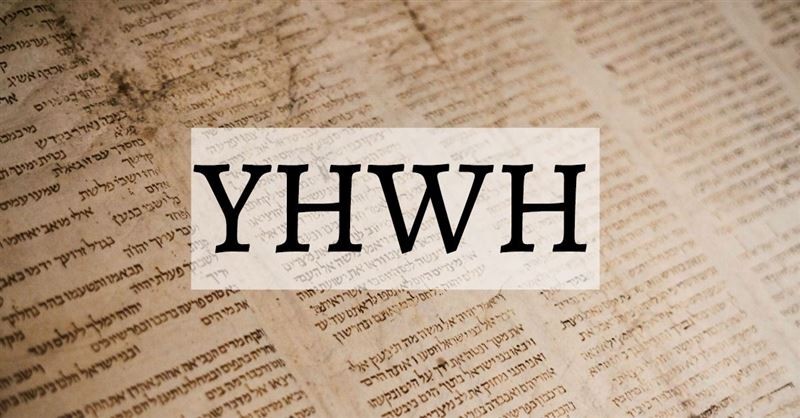"The Lord said to Moses, 'Behold, I am coming to you in a thick cloud, that the people may hear when I speak with you, and may also believe you forever.' When Moses told the words of the people to the Lord, the Lord said to Moses, 'Go to the the people and consecrate them today and tomorrow, and let them wash their garments and be ready for the third day. For on the third day the Lord will come down on Mount Sinai in the sight of all the people. And you shall set limits for the people all around, saying, Take care not to go up into the mountain or touch the edge of it. Whoever touches the mountain shall be put to death... When the trumpet sounds a long blast, they shall come up to the mountain'" (Exodus 19:9-13).
That is part of the account of the Lord's appearance to Moses on Mount Sinai, in part for the giving of the Ten Commandments.
"Then will appear in heaven the sign of the Son of Man, and then all the tribes of the earth will mourn, and they will see the Son of Man coming on the clouds of heaven with power and great glory. And He will send out His angels with a loud trumpet call, and they will gather His elect from the four winds, from one end of heaven to the other" (Matthew 24:30-31).
"The Lord Himself will descend from heaven with a cry of command, with the voice of an archangel, and with the sound of the trumpet of God" (I Thessalonians 4:16).
These latter two passages describe the coming of the Lord Jesus in 70 AD in judgment on apostate Israel. Notice the parallels in the two sets of descriptions, one of Yahweh to Exodus-era Israel, and the other to First-Century reprobates among the descendants of that same Israel. The signs associated with the two events are identical!
The significance of these parallels is that we must conclude that the Person described in each is the same in each: the preincarnate Yahweh and the same Yahweh incarnated in the Person of Jesus.



No comments:
Post a Comment